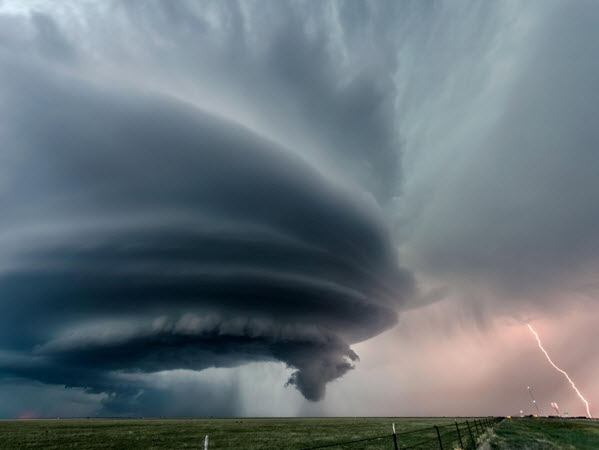
The when, why and how regarding gold’s “perfect storm,” or the appreciation of an asset that many consider to be severely undervalued, is a matter of frequent debate. Mining.com’s Richard Mills believes the forecast is clear, the clouds are building, and lightning is striking closer than ever. Rising gold price will be driven by protectionist policies spearheaded by China, the likelihood of a major inflationary bout, low rates, negative yields, supply gluts and tensions.
The multiple fronts of the perfect storm
That’s quite a basket of factors, and China’s movements as of late have perhaps been of the biggest interest to some. In short order, the Asian nation has brought 150 tons of gold bullion into its country and launched a digital yuan that some believe could at some point be tethered to gold. While it might not be in China’s interest to dump the U.S. dollar as it holds over $3 trillion in its reserves, it might very well look to take the greenback’s spot as the world’s reserve given the opportunity of a banking meltdown or a currency crisis.
Having a gold-backed digital yuan would ideally position it for such a role at a time when the amount of money pumped into the U.S. economy almost echoes hyperinflation. How and when this pent-up cash will be unleashed hasn’t yet been laid out, but consumer prices are already spiking across the board, and a nearly 30% expansion in M2 year-to-date hardly means good news for the free-floating dollar.
Central banks stockpiling gold
It should come as no surprise, then, that countries around the world are stockpiling gold with various stated goals that can best be summed up as a need for solid backing. The 650 tons of gold bullion bought by central banks in 2018, and a repeat in 2019, was then seen by many as de-dollarization, but there appear to be plenty more layers to this story as the official sector returns to net buying. The supply, on the other hand, is lacking.
World’s gold production falling
A World Gold Council report showed that last year’s gold supply fell by 4% compared to 2019, with production likewise dropping by 4%. While the production losses were attributed to the crisis, Mills points out that data released by top miners shows that gold output between 2019 and 2021 could be marked with a further 9.5% decline.
Speaking of declining…
Declining and subzero bond yields make gold a preferred safe haven
The piling into gold as a safe-haven asset by investors and central banks alike has also been bolstered by the fall of the bond market. For all the criticism that the U.S. Treasury gets for having a 1.5% 10-year yield, 2.26% 30-year yield and a negative 1.1% real yield, it stands as one of the few sovereign bonds that actually offer a yield at all. For comparison, on the date of publication, here are the 10-year bond yields among several of the world’s other leading reserve currencies:
- France: 0.084%
- Germany: -0.25% (French and German yields quoted as proxies for Euro zone)
- Japan: 0.077%
- U.K.: 0.759%
- Switzerland: -0.259%
The bond market’s sharp decline began in 2019, and many analysts believe that portfolio managers will grow to adopt gold in a reassessment of what offers a safe return of capital rather than a return on capital.
While there are various geopolitical tensions that could bolster gold’s appeal, the trade war between the U.S. and China will likely prove to be by far the biggest red flag, as the latter appears bent on diminishing the dollar on the global stage and placing itself as a reserve alternative. And, by printing trillions of dollars out of thin air with only hope backing them, the Federal Reserve will likely end up as an accomplice in any such bid.
These are all the factors of gold’s perfect storm Mills sees on the horizon. Only time will determine if this ominous forecast portends a brief squall or a hundred-year flood.

Leave a Reply